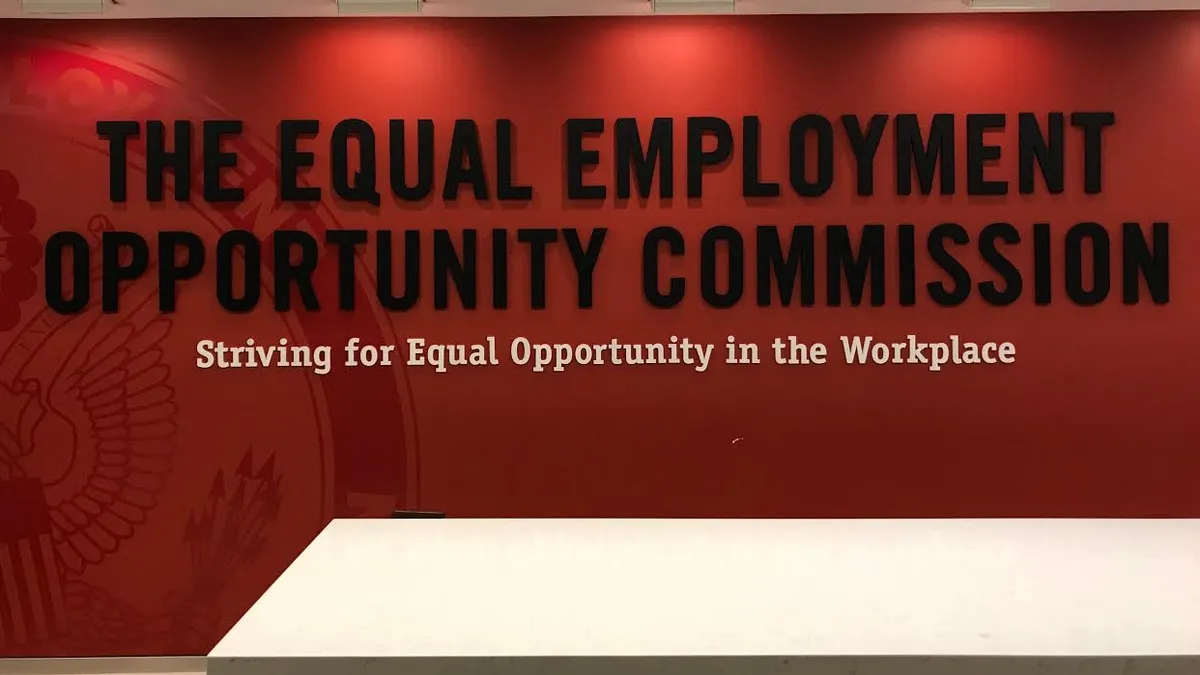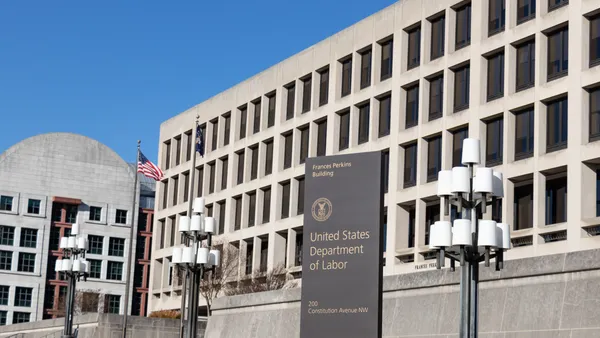A handful of attorneys who either worked for Johnson & Johnson or a subsidiary it created to manage its talc lawsuit liability were integral to what plaintiffs call a fraudulent scheme to deny consumers their day in court over the role of asbestos-tainted talc in their cancers.
“Numerous … attorneys employed by and/or associated with the Corporate Defendants contributed to or otherwise aided and abetted the frauds,” plaintiffs say in a proposed class action lawsuit filed May 22 in the New Jersey District Court.
The lawsuit calls out John Kim, an employee of J&J Services who served as chief legal officer of LTL, the subsidiary J&J created to manage its talc liability, for aiding and abetting the alleged frauds. It also calls out other in-house attorneys — Erik Haas, J&J vice president of litigation, Russell Deyo, a former J&J general counsel, Michael Ullmann, also a former J&J general counsel, and Chris Andrew, J&J assistant general counsel — for their roles.
The lawyers were among individuals “associated with and/or employed by the Corporate Defendants [who] aided and abetted the frauds described herein,” the lawsuit says. “To the extent they may have merely signed documents effectuating the frauds and were not officers or directors of key entities, they have not yet been named as defendants.”
These attorneys, working with outside counsel at Jones Day, helped lay the groundwork for a complex series of legal maneuvers that were intended to transfer talc-related legal liability from J&J to LTL and then have LTL use bankruptcy reorganization to indefinitely stay lawsuits until it could reach a lowball settlement with tens of thousands of plaintiffs, the lawsuit says.
“J&J hoped that by ending jury trials, and by forcing claimants to proceed against a [bankruptcy] trust, the public would forget about J&J’s conduct and the tens of thousands (at a minimum) of cancer victims dying from its products would be ‘yesterday’s news,’” the lawsuit says.
The proposed class action becomes the latest in a number of setbacks the company has faced since it launched its series of legal maneuvers in 2021.
Fraud and bad faith
The lawsuit says the company committed multiple frauds by trying to transfer away its assets to make it harder for creditors to collect on their claims.
The company committed a first fraudulent transfer in 2021, the lawsuit says, when it split itself into two companies under the first step of what’s known as the Texas Two-Step.
The maneuver gets its name from a Texas merger law that enables a company to split itself up and redistribute its assets and liabilities among the new entities.
In this case, the company created a new J&J to hold all of its assets and non-talc-related liabilities, and a second company called LTL to hold all of its talc liabilities. LTL’s only asset was a contract giving it access to a J&J funding backstop, which at the time amounted to more than $61 billion and could go higher as company assets increased.
The second stage of the Texas Two-Step was having LTL pursue reorganization under bankruptcy protection to automatically stay the talc lawsuits against it while it structured a global settlement.
LTL didn’t have to file for bankruptcy; it had access to the $61 billion whether it was in bankruptcy or not, the lawsuit says. That gave it enough money to settle any claims, but its plan was to use bankruptcy protection to drag out its reorganization and wear down plaintiffs until they agree to a settlement offer favorable to the company.
The “stratagem,” as the lawsuit calls it, was to “delay all talc cases in the United States for years, avoid jury trials, and attempt to force a lowball global settlement on talc victims.”
That plan hit a snag when LTL’s reorganization was rejected in court as a bad-faith use of bankruptcy protection.
In response, the company committed another fraud, the lawsuit says, by engaging in asset stripping. Shortly after its bankruptcy effort was denied, the company again used Texas merger law to further split itself up, creating a third entity to hold its most valuable assets and leave the new J&J with $29 billion, less than half of what it had before.
It’s “another step in J&J’s efforts to remove valuable assets from the reach of talc creditors,” the lawsuit says.
The company also engaged in a third kind of fraud, a bait and switch tactic, the lawsuit says, by replacing the contract with LTL that gave it access to the $61 billion with a contract that gave it access instead to the $29 billion that was remaining in the new J&J.
“J&J needed to find a way out of the obligations it imposed on itself through the [$61 billion] Funding Agreement,” the complaint says. “The solution was to have LTL pretend that the [bankruptcy] dismissal somehow put the 2021 Funding Agreement’s enforceability in doubt.”
LTLs CLO, John Kim, played a key role in this by declaring the $61 billion funding agreement void, or likely void, because of LTL’s bankruptcy denial, even though no legal reasoning was given in support of that assertion.
Kim “‘concluded’ there was a material risk that the 2021 Funding Agreement had been rendered ‘void or voidable’ — a conclusion for which neither LTL nor J&J has provided any support or basis,” the lawsuit says. “In fact, if the Funding Agreement was ‘void or voidable’ as LTL claimed, then the divisive merger was a fraudulent transfer of gigantic proportions, as was the subsequent transfer of [J&J’s most valuable assets to the new entity] because the transfer to LTL of all the talc liabilities would have been without adequate offsetting assets.”
After its access to funding was reduced to the $29 billion in the new J&J, LTL again filed for bankruptcy reorganization, which was also denied on grounds of bad faith.
Aiders and abettors
Although Kim and the other attorneys weren’t individually named in the complaint, they’re considered material witnesses and their communications outside of privilege.
“The crime-fraud exception to attorney-client privilege applies to [these attorneys’] work in these matters, so the privilege should not serve as a basis for [them] to avoid discovery (including testimony) in this action,” the lawsuit says.
About half a dozen other executives were individually named as defendants. These include Robert Wuesthoff, an employee of J&J Services who served as president and board member of LTL, Richard Dickinson, also a J&J Services employee who served as CFO and board member of LTL, and Joaquin Duato, J&J CEO and leader of J&J’s executive committee.
Erik Haas, J&J's worldwide vice president of litigation and one of the in-house attorneys named in the lawsuit as a material witness, said in a Reuters report the proposed class action is a "Hail Mary pass" by plaintiffs' lawyers who don't want their clients to vote on the company's latest settlement offer.
"Why are they so desperate to stop the vote?" Haas said. "Our focus has been and will remain reaching a full, fair and final resolution of this litigation, and allowing the claimants to speak for themselves."



















